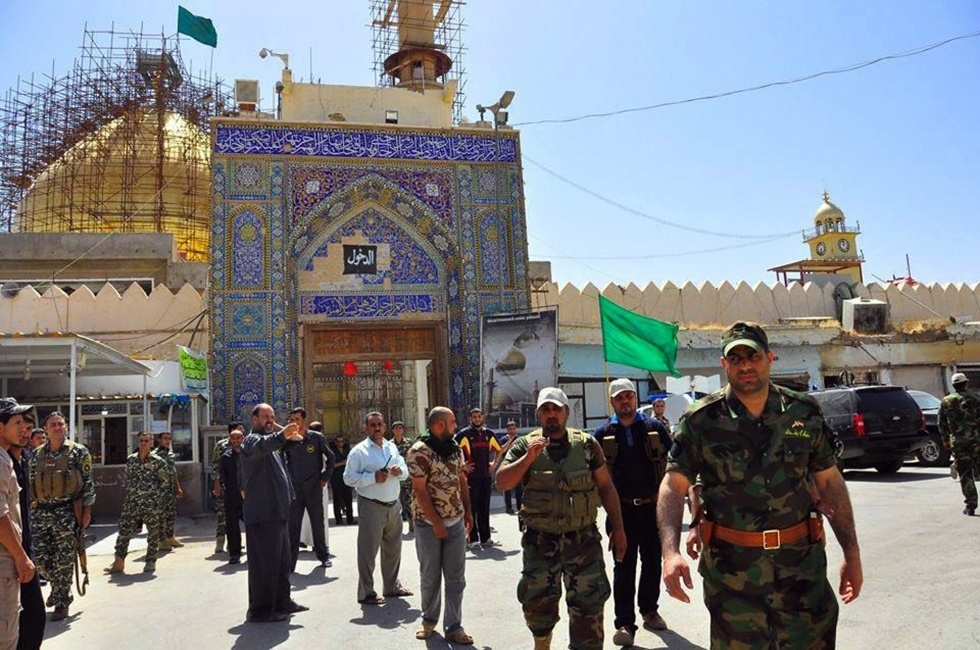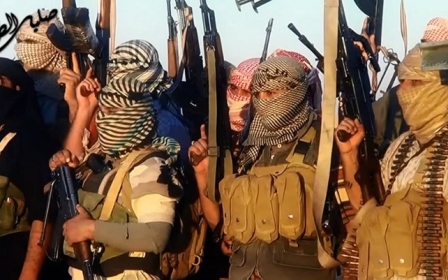Militants destroy mosques, shrines in Iraq

Militants who overran Mosul last month have demolished ancient shrines and mosques in and around the historic northern Iraqi city, residents and social media posts said Saturday.
At least four shrines to Sunni Arab or Sufi figures have been demolished, while six Shiite mosques, or husseiniyahs, have also been destroyed, across militant-held parts of northern Nineveh province, of which Mosul is the capital.
Pictures posted on the Internet by the Islamic State (IS) group - and others posted via social media - showed the Sunni and Sufi shrines were demolished by bulldozers, while the Shiite mosques and shrines were all destroyed by explosives.
The photographs were part of an online statement titled "Demolishing shrines and idols in the state of Nineveh."
Local residents confirmed that the buildings had been destroyed and that militants had occupied two cathedrals as well.
"We feel very sad for the demolition of these shrines, which we inherited from our fathers and grandfathers," said Ahmed, a 51-year-old resident of Mosul.
"They are landmarks in the city."
An employee at Mosul's Chaldean cathedral said militants had occupied both it and the Syrian Orthodox cathedral in the city after finding them empty.
They removed the crosses at the front of the buildings and replaced them with the Islamic State's black flag, the employee said.
IS-led militants overran Mosul last month and swiftly took control of much of the rest of Nineveh, as well as parts of four other provinces north and west of Baghdad, in an offensive that has displaced hundreds of thousands and alarmed the international community.
The city, home to two million residents before the offensive, was a Middle East trading hub for centuries, its name translating loosely as "the junction."
Though more recently populated mostly by Sunni Arabs, Mosul and Nineveh were also home to many Shiite Arabs as well as ethnic and religious minorities such as Kurds, Turkmen, Yazidis and other sects.
Middle East Eye propose une couverture et une analyse indépendantes et incomparables du Moyen-Orient, de l’Afrique du Nord et d’autres régions du monde. Pour en savoir plus sur la reprise de ce contenu et les frais qui s’appliquent, veuillez remplir ce formulaire [en anglais]. Pour en savoir plus sur MEE, cliquez ici [en anglais].




